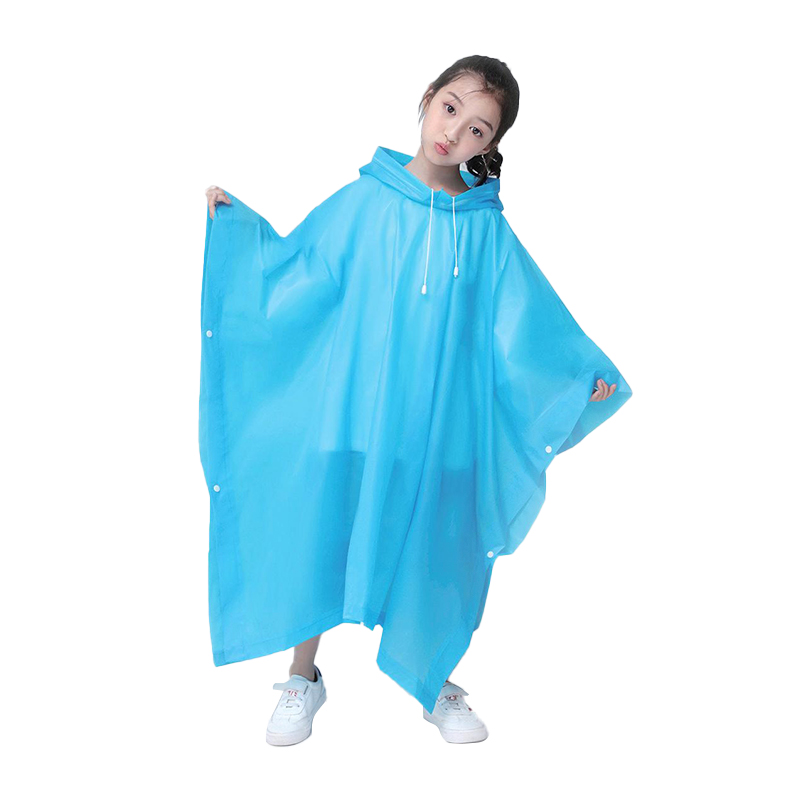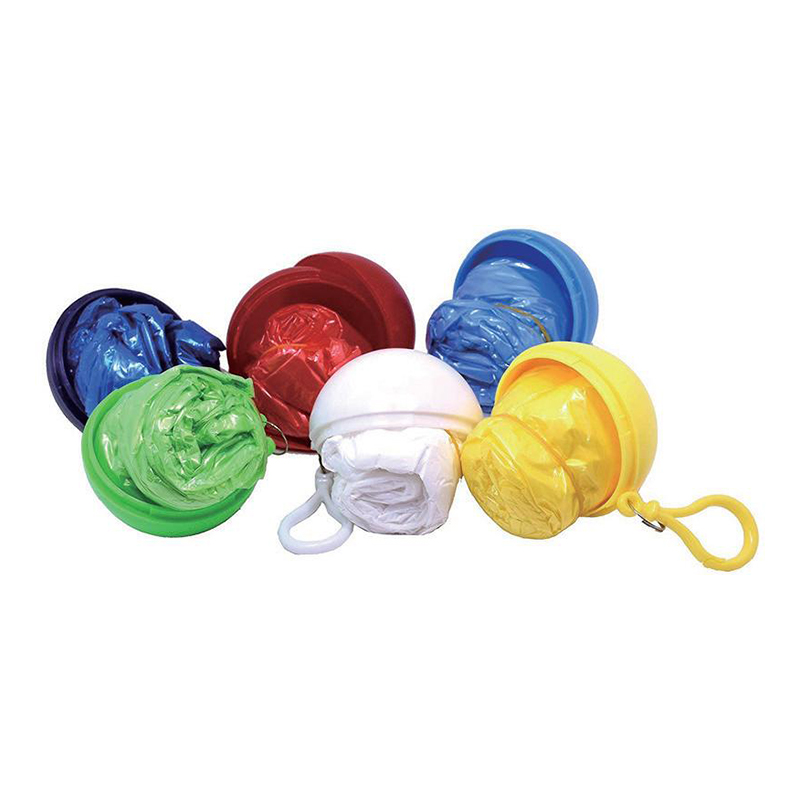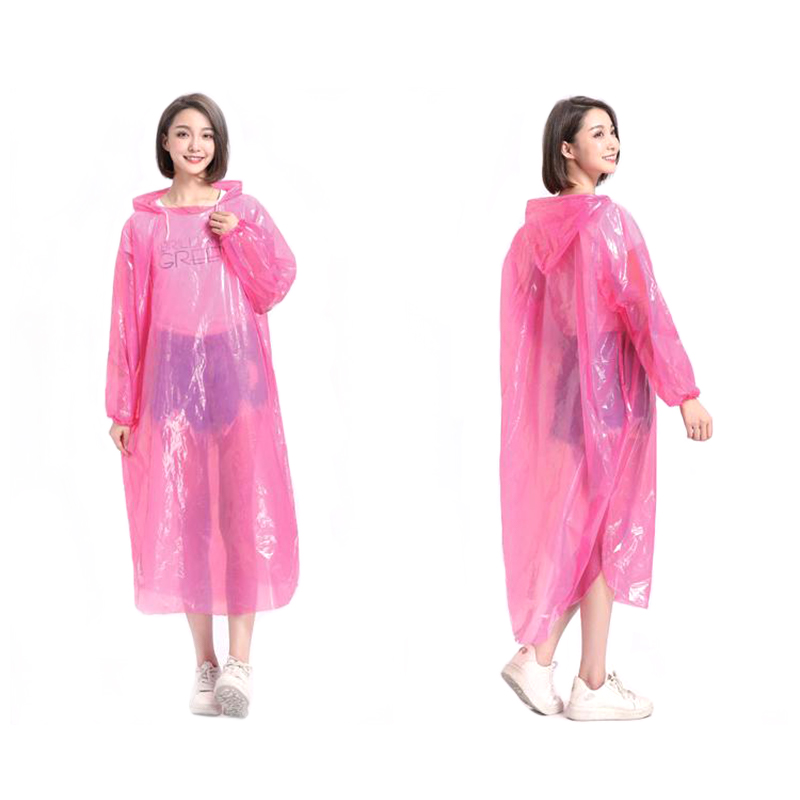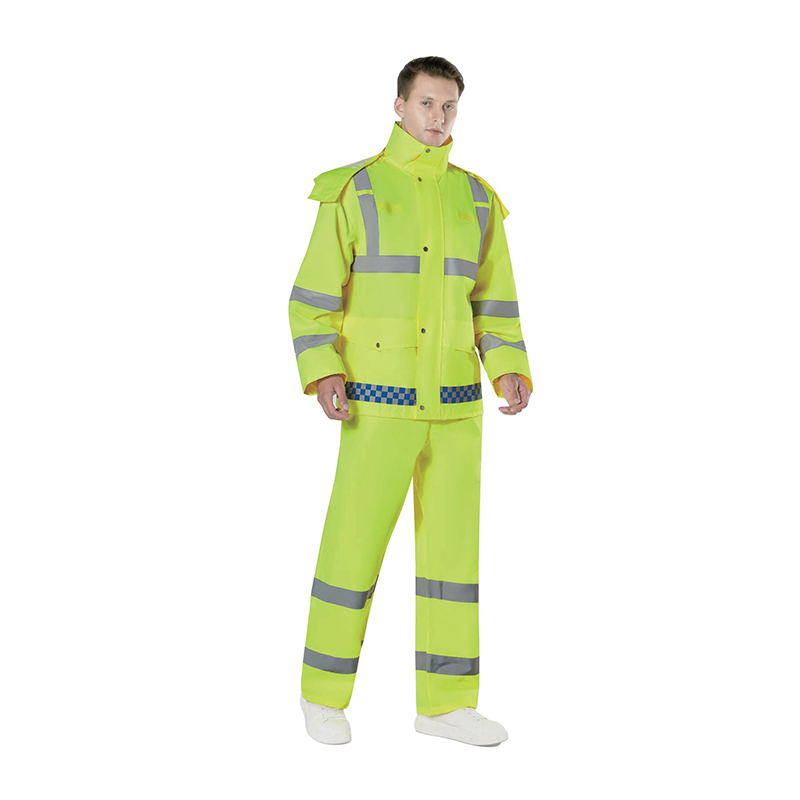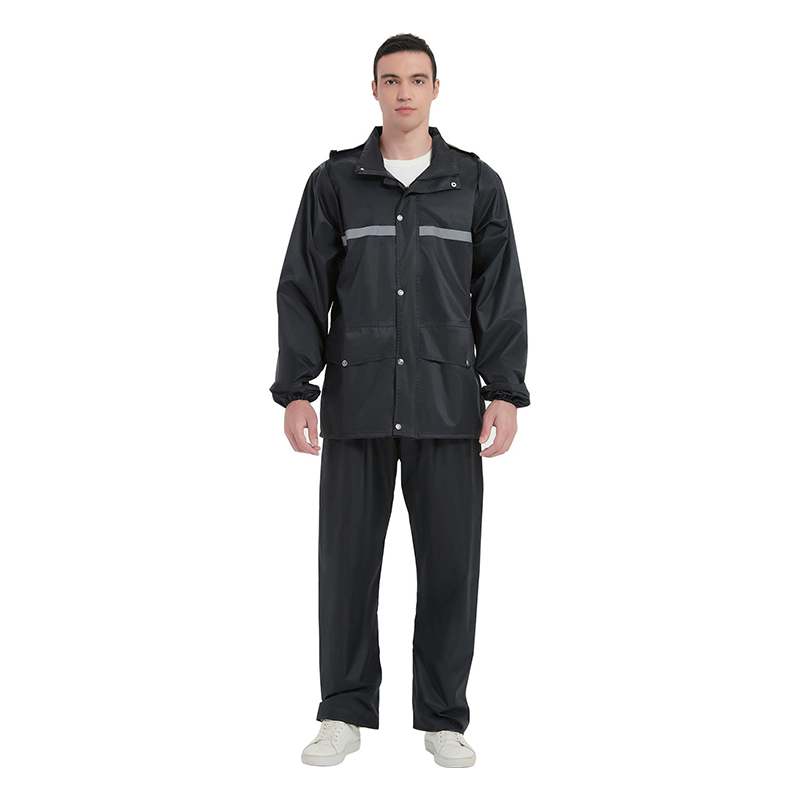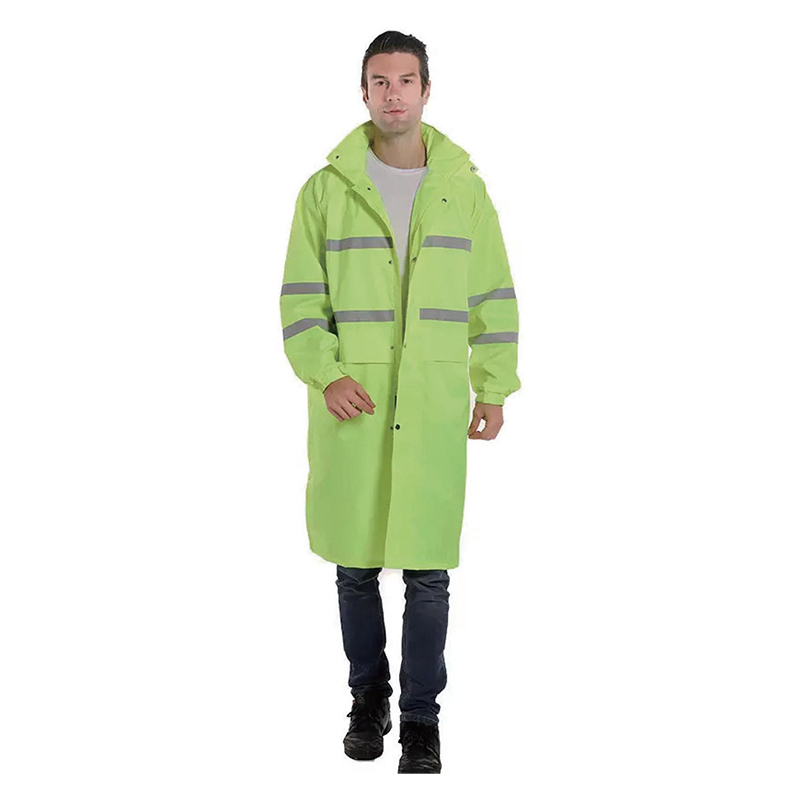Neoprene chest waders are essential equipment for many outdoor sports enthusiasts and professionals. Whether it is fishing, hunting, wetland surveys or water operations, they can provide waterproof, cold-proof and comfortable performance. However, although this equipment is known for its high durability, with frequent use, how to prolong its service life and reduce damage is a concern for many people.
Content
- 1 Proper storage, avoid high temperature and direct sunlight
- 2 Clean regularly to prevent stains and chemical corrosion
- 3 Regular inspection and timely repair of minor damage
- 4 Avoid excessive pulling and heavy pressure
- 5 Maintain neoprene and use professional maintenance agents
- 6 Avoid excessive immersion and long-term wear
- 7 Select the correct usage scenario
Proper storage, avoid high temperature and direct sunlight
Storage conditions are crucial to prolong the service life of neoprene chest waders. Neoprene has strong weather resistance, but when exposed to various temperatures and ultraviolet rays, the rubber material will gradually age, resulting in reduced toughness and even cracks. To avoid this, users should avoid exposing diving boots to the sun for a long time or storing them in a high temperature environment.
The storage method is to place the diving boots in a cool and dry place, avoiding direct sunlight and high temperature. When storing, the inside of the boots can be dried to avoid mildew caused by moisture. During storage, avoid folding or compressing the diving boots. You can hang them up or prop them up with supports to ensure that the boots are in good shape and reduce the deformation of the rubber.
Clean regularly to prevent stains and chemical corrosion
Neoprene chest waders are usually exposed to muddy water, salt water, sand, plant residues and other substances. Long-term stains and chemical residues (such as salt, pollutants from corrosive waters, etc.) will damage the surface of the boots and shorten their service life. Therefore, keeping diving boots clean is another important part of extending their service life.
After each use, rinse the boots thoroughly to remove stains, mud and salt attached to the surface and inside. Rinse with clean water is the basic cleaning step. If there are stubborn stains on the surface of the boots, you can use mild soapy water or a special rubber cleaner to wipe them. Never use strong acid or alkaline detergents to avoid damaging the performance of neoprene.
After cleaning, dry the diving boots thoroughly. Especially inside, it is necessary to ensure that the moisture evaporates completely to prevent the growth of mold or odor. The boots can be turned upside down to dry, and avoid using direct heat sources (such as exposure to the sun or drying with hot air) to avoid accelerating the aging of the material.
Regular inspection and timely repair of minor damage
Although neoprene chest waders have high tear resistance and abrasion resistance, small cracks or scratches may appear on the surface of the boots when used in harsh environments. Regularly checking the appearance of diving boots and promptly discovering and repairing these minor damages is an important step in maintaining equipment.
For minor damage, users can use special rubber repair tools to repair them. There are special neoprene patches and repair agents on the market that are suitable for repairing cracks and small holes in boots. These repair materials are usually easy to use and can ensure that the repaired parts remain waterproof.
However, if the cracks are found to be large or the repair effect is not ideal, it is recommended to replace the diving boots as soon as possible to avoid causing greater damage. Long-term damage will not only affect the waterproofness, but may also cause safety hazards to the user.
Avoid excessive pulling and heavy pressure
Neoprene chest waders are designed to provide flexibility and comfort when in water, but if they are pulled too hard, stretched or subjected to excessive weight during wearing, the aging and damage of the material will be accelerated. Therefore, when wearing and using diving boots, the following situations should be avoided:
Avoid pulling the boot shaft with force, especially when taking it off, and operate it gently.
Do not bear excessive loads in bad environments, such as heavy pressure or standing for a long time.
Ensure the natural bending of the ankles and knees when wearing, and avoid over-stretching the rubber material.
At the same time, users should choose the right size and style. Over-tight diving boots are not only uncomfortable, but also easily cause excessive stretching of the material, increasing the risk of injury. Choosing a well-fitting diving boot is the key to ensuring safe use and extending the life.
Maintain neoprene and use professional maintenance agents
In addition to regular cleaning, using professional neoprene maintenance agents is also an important means to extend the life of diving boots. Special rubber care agents can moisturize rubber, prevent the material from cracking and aging, and enhance its durability.
When using care agents, you can evenly apply a small amount of care agent to the outer surface of the diving boots to ensure that all parts that come into contact with water are cared for. Regular use of care agents can not only extend the service life of diving boots, but also help maintain their elasticity and softness, making diving boots more comfortable when used.
Avoid excessive immersion and long-term wear
Although neoprene chest waders are designed for water activities, long-term immersion and excessive wear will accelerate the aging of boots, especially in waters containing high salt or chemicals. When engaging in long-term water activities, try to avoid wearing diving boots for several hours in a row, take a break in time, give the boots some "breathing" opportunities, and reduce material fatigue.
In addition, if diving boots are used in extremely cold or hot environments, be sure to pay attention to the durability of the material. Extreme temperatures may affect the performance of neoprene, causing it to become hard or brittle, so it should not be used in these conditions for a long time.
Select the correct usage scenario
Finally, selecting the correct usage scenario is also very important to extend the life of neoprene chest waders. Different models of diving boots have different applicable environments, such as some are designed for cold waters, while others are suitable for muddy or wetland environments. When choosing diving boots, consumers should choose the appropriate style according to actual usage needs to avoid using unsuitable diving boots in inappropriate environments.
